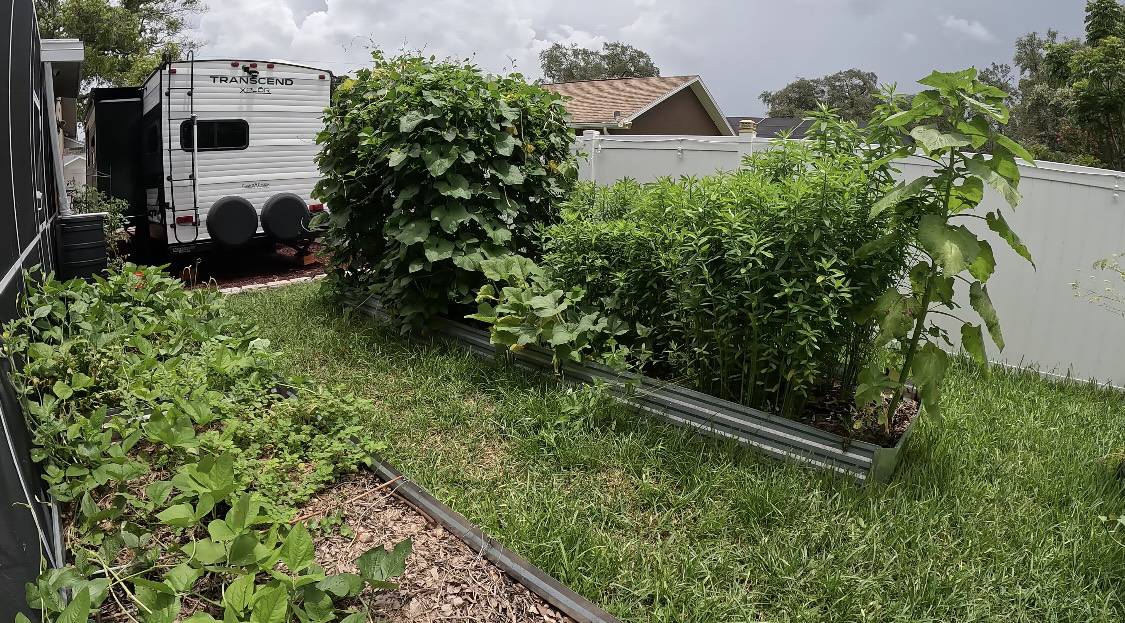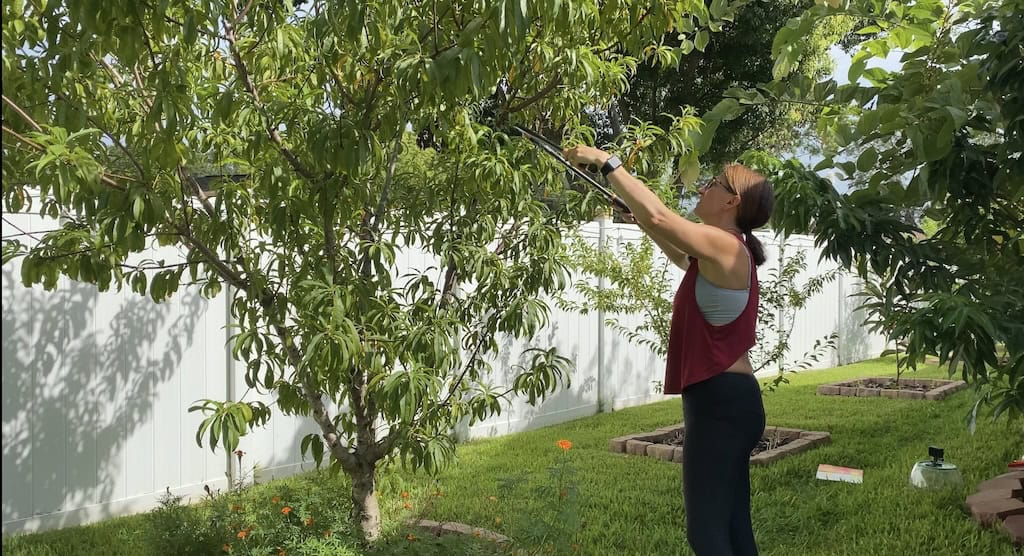Last Updated on January 26, 2024 by Homegrown Florida
If you’ve been facing challenges with low yields in your vegetable garden, you’re in the right place. Today, we’ll delve into the crucial aspect of improving your plant’s yield by ensuring they receive the proper amount of sunlight. The right sunlight can make a significant difference in the size and quality of your harvest. Let’s explore the key tips to make the most of sunlight in your garden.
Understand Your Plant’s Sun Requirements:
Different plants have varying needs when it comes to sun exposure. It’s essential to understand what your specific plants require. For instance, tomatoes, peppers, corn, and squash need full sun, which translates to at least six hours of direct sunlight daily. However, in Florida, providing some afternoon shade and mulching during the hottest days is advisable. On the other hand, shade-tolerant plants like lettuce, kale, mustard, and Swiss chard thrive with about four hours of direct sun, preferably in the morning.
Place Your Plants in the Right Spot:
Once you know your plant’s sun requirements, find the right spot in your yard. For plants needing full sun, choose a location that receives direct sunlight for the first half of the day. Morning sun is preferable as it’s gentler on plants. In hot climates like Florida, providing shade from the afternoon sun after 2 or 3 P.M. can significantly benefit plant growth. Selecting a spot with existing natural shade, such as from trees or structures, is ideal.

Creating Shade for Your Plants:
There are various ways to create shade for your plants in the afternoon:
- Use your house, fence, or other structures to provide shade.
- Optimal locations are the east, southeast, or south side of your yard.
- Planting trees on the west side of your garden can offer shade and additional benefits.
- Consider fast-growing shrubs like the Florida native fire bush, which provides shade and attracts pollinators.
- Shade cloth is an option, although it requires periodic setup and takedown.
Monitor Sun Exposure as Plants Grow:
Continuously monitor your plant’s sun exposure, especially as they grow and seasons change. The angle and intensity of the sun vary between seasons. During summer, the sun is higher and more intense, while in winter, it is lower and provides shorter daylight hours. Adjustments may be needed for winter gardening, as shorter daylight hours and the angle of the sun can impact plant growth. Observe your garden’s sunlight patterns throughout the year before establishing permanent beds.

Ensuring your plants receive the right amount of sunlight is a fundamental aspect of optimizing your harvest. By understanding your plant’s sun requirements, placing them in suitable locations, creating afternoon shade, and monitoring sun exposure as they grow, you can significantly improve your garden’s yield. Happy gardening!




